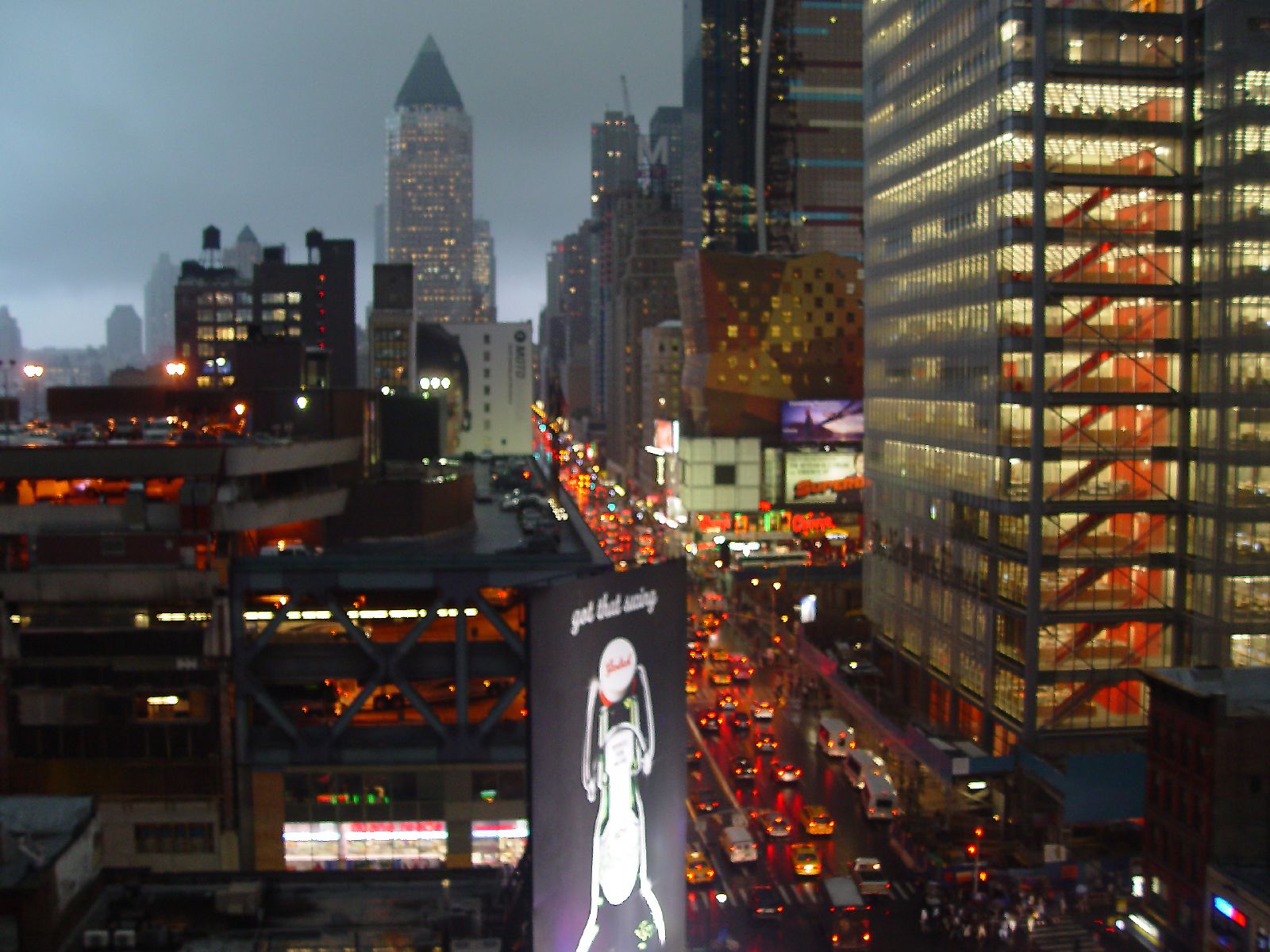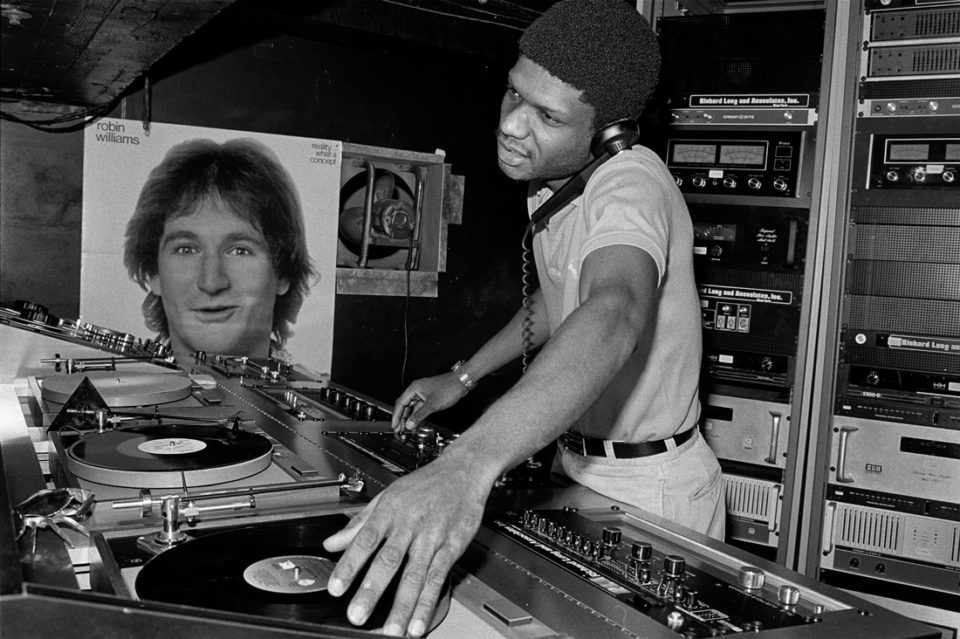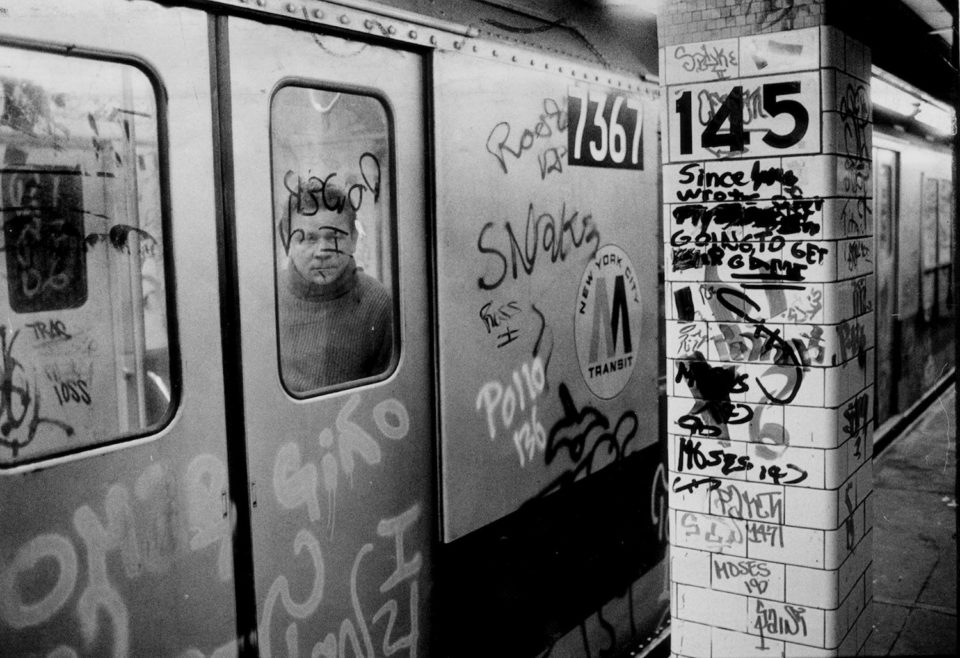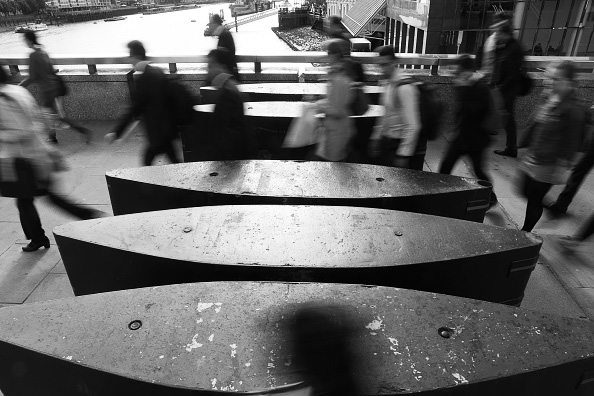Cruising Madison Avenue is a supreme form of capitalist seduction. The retail equivalent of a Hollywood smile. Each luxury store is inviting, flawless, gleaming with a sparkle or two. Only now, some teeth are missing. Vacancies are staying that way, often for years, the city’s face looks haggard.
This retail rot is a new form of urban blight. Rust Belt towns with boarded-up Main Streets due to capital flight and evaporating jobs are easily understood. But by any measure New York is booming, cresting its biggest economic expansion in 70 years, unemployment is rock bottom. Yet, our most fashionable neighbourhoods appear like they’ve been looted: Soho, 24 per cent vacant; Herald Square, 31 per cent; Fifth Avenue 33 per cent – a third of the stores in the heart of the city are empty!
Not surprisingly, in the home of conspicuous consumption everyone is freaking out. You can even track this epidemic interactively at vacantnewyork.com. Each glowing red dot a vector of contagion.
It’s not the first time retail has collapsed. Bonwit Teller, B. Altman’s, Peck & Peck, Alexander’s and Gimbal’s department stores that epitomised a mid-century élan receded into collective amnesia like supporting players in a black and white movie. A combination of economics, demographic changes and suburbia’s ascent altered the environment beyond their ability to adapt. But despite apartment doormen being daily barricaded behind Amazon delivery boxes in their lobbies, Internet shopping is not to blame for the current demise.
What’s causing the distress? – Greed.
Even by New York standards the avarice is shocking. Tripling rents, or worse, when leases expire is de rigueur. As the City Council’s Economic Development Committee reports, “If landlords have deep pockets and large property portfolios, it may make more financial sense to claim a tax loss on vacant property than to rent at a non-optimal value.” If luxury boutiques are no longer optimal, who are landlords – and their bankers – waiting for?
Bleecker Street, reminiscent of an alien abduction scene, provides a clue. When I lived in the Village, the quaint thoroughfare was lined by eclectic shops: antiques, Afghan crafts, designer condoms, and the Bird Jungle, where a homesick Aussie could pet a cockatoo. In 1996, feathered friends were replaced by cupcakes, it became the Magnolia Bakery, of Sex and the City fame. Life soon imitated art. A flock of designers set up high-end stores. Marc Jacobs had six, alongside Michael Kors, Burberry, Brooks Brothers and Juicy Couture, paying around US$25,000 monthly per perch. All gone. What does the new landlord, Brookfield Properties, envisage? According to New York Magazine, a mall.
In other words, chain stores. With all the cellphone outlets, banks and drugstores blanketing the city, you have to wonder, are we reduced to texting about going to the ATM and how much toothpaste we need?
Jeremiah’s Vanishing New York blog, which eloquently chronicles the demise of the city’s “mom and pop” stores, champions some solutions. One, the Small Business Jobs Survival Act, proposes a a forum for lease renewals. Beyond nostalgia, small businesses make economic sense, recycling three times more money into their communities than chains. Recently, the City Council lowered the commercial rent tax on smaller retailers, easing some pain. Encouragingly, Mayor De Blasio has voiced support for a tax on landlords for lengthy vacancies.
Is penalising wealthy property owners for not making money un-American or, in fact, profoundly American? A conundrum for even the most ardent economic rationalist.





